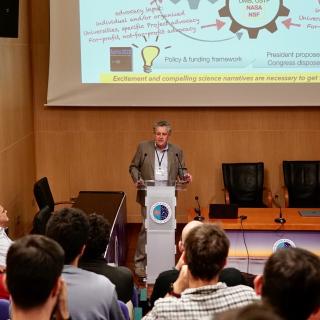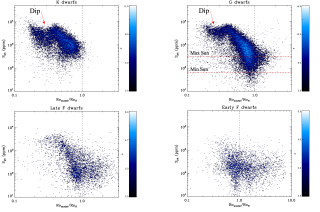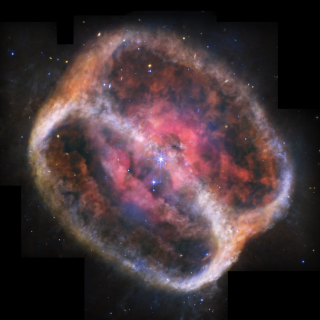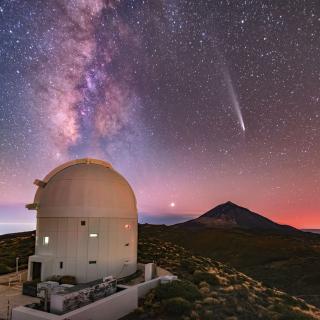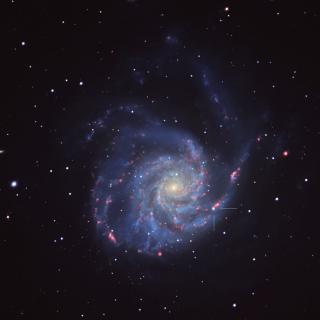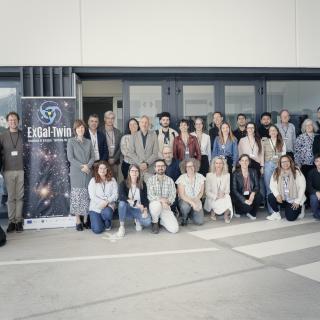
The Canary Islands Institute of Astrophysics (IAC) is promoting knowledge about European project management with a dedicated forum taking place on April 23 and 24 at the IACTEC headquarters in Tenerife. The 2025 ExGal-Twin Regional Workshop on European Project Management is an event organized by the ExGal-Twin project and the Office of Transfer and Institutional Actions (OTAI) of the Instituto de Astrofísica de Canarias (IAC), under the title "Innovation in European Project Management: Challenges and Opportunities" . The main objective of this workshop is to bring together R&D&I entities
Advertised on
